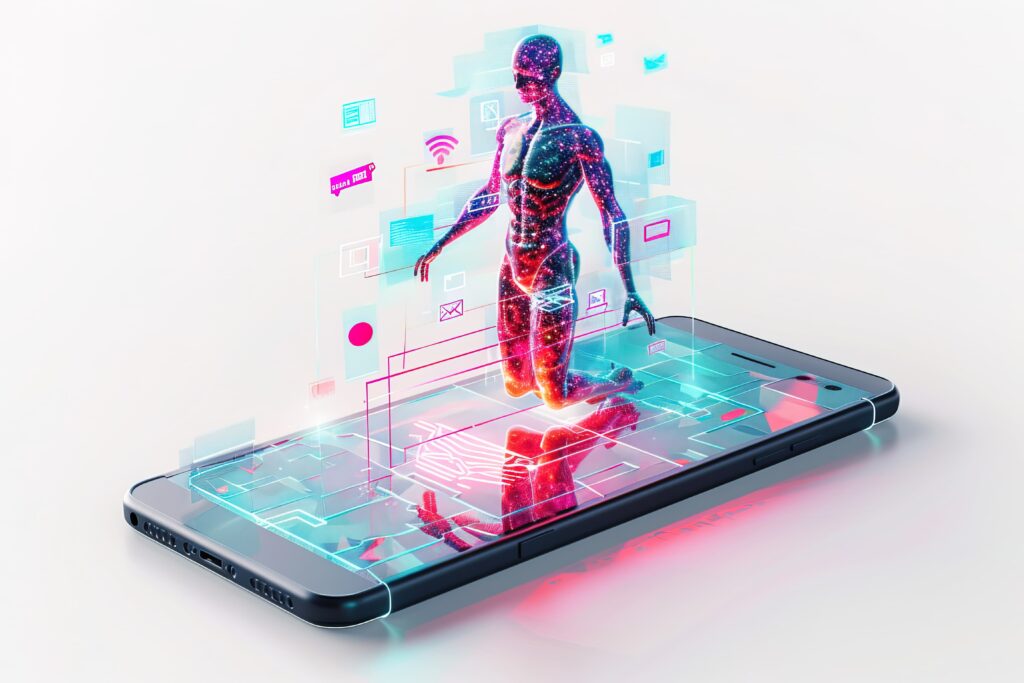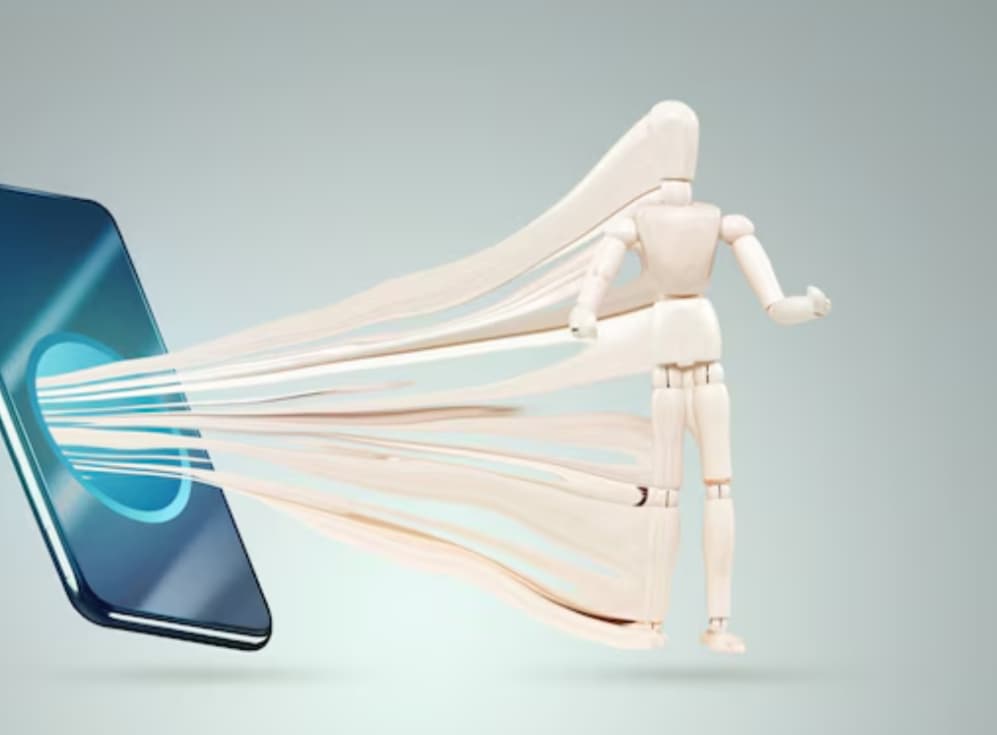Introduction
For over a decade, smartphones have been the centerpiece of advanced life, forming how individuals interface, work, and engage themselves. Presently, tech giants envision future beyond smartphones, driven by progressions in expanded reality (AR), manufactured insights (AI), and wearable innovation. This vision reflects a move from handheld gadgets to immersive and cleverly biological systems that rethink human interaction with technology.
AR Glasses and AI-Driven Frameworks for Smartphones
AR glasses are among the most promising developments in the post-smartphone time. Not at all like conventional gadgets, they empower clients to connect with advanced substances consistently coordinated into their real-world environment. Whether for gaming, route, or farther work, AR glasses bring an unused measurement to portable experiences.
AI-driven frameworks are moreover revolutionizing how smartphones work. From personalized collaborators to prescient interfacing, AI permits gadgets to adjust to client needs right away. When combined with AR, AI empowers a hands-free, immersive experience, where errands once done on a smartphone are performed with more prominent speed and convenience.
Together, AR and AI frame the spine of another era of savvy gadgets. They clear the way for innovation that is instinctive, immersive, and distant less subordinate on conventional screens.
Challenges in Tech Mammoths Imagine Future Past Smartphones
Despite the potential, tech monsters confront critical challenges in building a world past smartphones. Tall generation costs for AR glasses and advanced AI frameworks constrain reasonableness for the normal consumer.

Moreover, frameworks such as 5G connectivity and cloud computing must extend to back these advancements. Similarly challenging is customer selection, as individuals are profoundly accustomed to smartphones and may waver to grasp unused ecosystems.
The Future Past Smartphones
The future past smartphones is not almost disposing of them completely but around reimagining how we interface with innovation. Envision holographic calls supplanting video chats, AR glasses directing you in genuine time, and AI collaborators dealing with complex assignments consistently. These developments point to make innovation more normal, coordinated, and efficient.
Wearables, voice interfacing, and immersive shows will likely work in agreement with smartphones or maybe then supplant them through and through. Over time, be that as it may, the dependence on handheld gadgets will decrease as individuals move to more intelligent, multi-device environments. Tech mammoths imagine this as a slow advancement toward a world where computerized interaction is woven into day by day life.
Choosing a Future-Proof Tech & Smartphones Career
As the industry shifts past smartphones, openings in AI development, AR/VR engineering, cybersecurity, and data science are quickly growing. Experts who adjust their aptitudes with these areas can future-proof their careers.
Students ought to center on machine learning, immersive design, and mobile security, which will overwhelm the other wave of innovation. By adjusting to these patterns, people can not as it were secure long-term development but moreover contribute to building the future imagined by tech giants.
Conclusion
The vision of tech giants envision future beyond smartphones a world where AR, AI, and wearable innovation supplant the impediments of conventional gadgets. Whereas challenges exist, the potential to reshape businesses and improve human encounters is enormous.

For buyers, this move implies more prominent flexibility, proficiency, and immersive computerized intuitiveness. For experts, it makes modern career openings in cutting-edge advances. The travel past of smartphones has as of now started, and the future guarantees to be smarter, faster, and more connected than ever before.
FAQs
Q1: What does “future past smartphones” mean?
It alludes to rising advances like AR glasses, AI colleagues, and wearables that may supplant or complement smartphones in day by day life.
Q2: Are AR glasses anticipated to supplant smartphones?
Not promptly. They will begin to complement smartphones and slowly take on numerous of their center functions.
Q3: What challenges do tech mammoths confront in this vision?
Tall generation costs, framework impediments, and shopper selection are the greatest challenges.
Q4: What advances will shape the post-smartphone era?
AR glasses, AI-driven frameworks, wearable gadgets, and immersive shows are driving this transformation.
Q5: Will smartphones vanish completely?
Smartphones will stay important for a long time but will inevitably become less central as unused biological systems emerge.
Q6: What careers are future-proof in this space?
Careers in AI, AR/VR, cybersecurity, and information science offer the best long-term openings.

